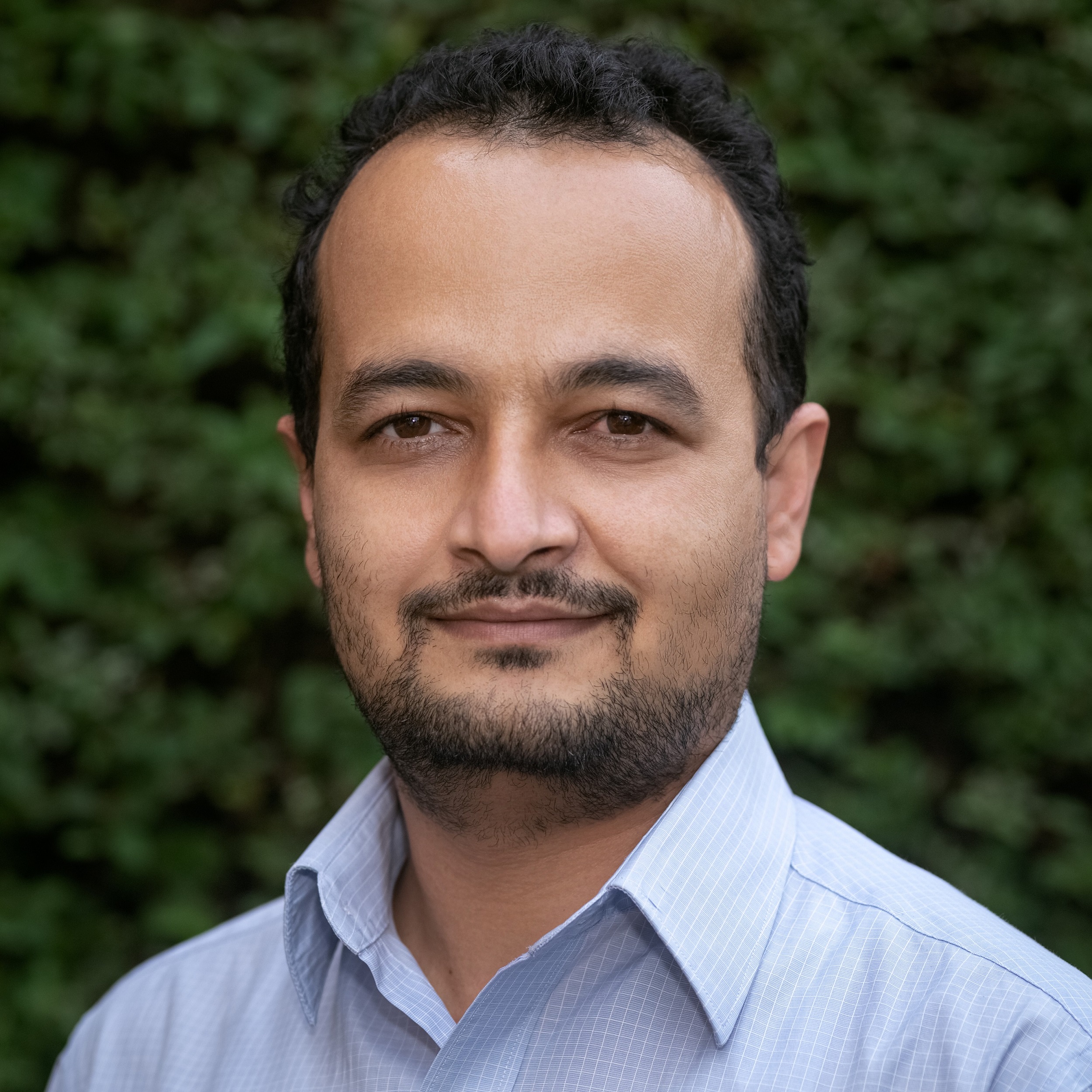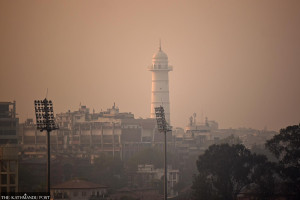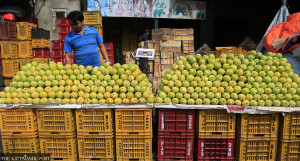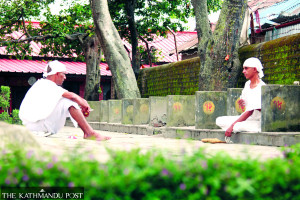Columns
It’s time to act for mental health
Responsible media reporting is an effective public health intervention in suicide prevention.
Dr Pallavi Koirala & Dr Kedar Marahatta
The world comes together to celebrate “World Suicide Prevention Day” every year on September 10, emphasising the reduction of stigma and timely interventions to prevent suicide. The theme for the year 2021-2023 is “Creating hope through action”, encouraging individual efforts to curb this preventable condition. This is a significant step that could help to reduce stigma, create awareness among people and encourage help-seeking behaviour.
It is not abnormal for us to experience stressful life events, including workplace conflicts, financial problems, familial and personal problems, educational concerns and health-related stressors. But how we cope with those issues is critical. Many of us encounter mental breakdowns at some point in our lives. However, stigma prevents us from seeking help. This increases the risk of mental health problems and leads to serious consequences. Stigma, prejudice and discrimination against people struggling with mental health issues remain significant concerns.
Suicide, also known as silent killer, is one of the most severe outcomes of mental health problems. Suicidal behaviour encompasses suicidal ideation, suicide attempts and suicide. According to the World Health Organization (WHO), 700,000 people commit suicide each year. Moreover, suicidal deaths outnumber deaths from HIV, malaria, breast cancer and homicide and remain the fourth leading cause of death among people aged 15 to 29. Worse, there is a suicide case for every 25 people who attempt suicide; many more harbour with suicidal thoughts.
In Nepal, mental health conditions account for over 5 percent of the disease burden. People suffering from these problems encounter societal stigma, which causes delays in seeking help. But they also face decreased productivity, affecting individual and national progress. According to Nepal Police data, the average annual increase in suicide from 2015-20 was 7.2 percent, which increased to 14 percent in 2021 when Covid-19 hit Nepal hard. In the last fiscal year, over 19 people died by suicide daily throughout the country. What is alarming is that almost 80 percent of those needing mental health services don’t get any help.
Combined efforts
Suicide is preventable and requires synergistic efforts from multi-sectoral collaboration and commitment. Globally, the Sustainable Development Goals (SDGs) commit to a one-third reduction in suicide rates by 2030. Similarly, by 2030, the Government of Nepal has also planned to reduce suicide by a third.
Suicide prevention strategies should focus on combined interventions inside and outside the health sectors. Considering the available evidence, the WHO launched a suicide prevention implementation guide called Live Life in June 2021 to guide countries to take comprehensive suicide prevention actions. The four key interventions identified in the guide are: Limiting access to the means of pesticides; clear guidance on responsible media monitoring; fostering socio-economic life skills in adolescents; and early identification and management of suicide risks in healthcare and beyond. Other interventions include promotion and advocacy through mass media, increasing the capacity of hospitals and primary health care workers, focusing on the high-risk population and training teachers, social workers, para-medicals and psychologists for counselling and management.
Inadequate prevention works
Pesticide ingestion or suicide by poisoning remains a major cause of suicide attempts and deaths in Nepal, accounting for a quarter of total suicides in the country. The Ministry of Agriculture and Livestock Development (MoALD) has enacted the National Pesticide Management Act 2019, banning additional highly hazardous pesticides. Although such pesticides have been banned in Nepal, strict implementation, close monitoring and strengthening of the district-level pesticide inspectors, retailers and farmers are essential for the proper distribution, sales, use and disposal of pesticides.
With support from WHO and civil society organisations, the Ministry of Health has set up a National Suicide Prevention Helpline Number 1166 since 2021, offering psychosocial counselling services to save lives. While the helpline has been recognised as a national resource in a short period, it hasn’t reached the wider community, which will ultimately necessitate the provincial expansion of the services. The helpline has started offering messages and communicating via apps to ensure equitable access, targeting the larger population.
School-based socio-emotional health of children and adolescents, which can effectively promote mental health and suicide prevention, is at the fetal implementation stage. With nurse deployments in school, there is an opportunity to deliver mental health interventions through school nurses or by training the teachers and including mental health as a part of the school curriculum.
Ministry of Health and Population and its partners are working towards mental health services integration into primary care as part of essential health services in recent years. There are several training programmes on mental health to train paramedics, nurses or doctors working at the primary care level. Without close monitoring and supervision, the services’ availability is still very patchy, as reliable mental health services in most district-level hospitals are lacking. Therefore, people must travel to hospitals in urban centres for mental health care. Trained human resources, timely referral and screening of people living with suicidal thoughts play significant roles in lowering suicide rates.
Responsible media reporting is another effective public health intervention in suicide prevention. It is a common trend in social media platforms to glorify and publish sensational news which impacts high-risk groups. Studies show the escalation of “copycat” suicides following sensational media reports on suicides, particularly after the deaths of celebrities and social influencers. The media guideline issued by the Ministry of Health and Population on responsible reporting of suicide and mental health provides a vital resource to guide media practices on suicide. Monitoring compliance and feedback systems need to be mainstreamed in the regular mechanism of the Press Council to practice responsible reporting on suicides.
With the Government of Nepal spending only about 2 percent of health expenditure on mental health, the situation may deteriorate if urgent measures are not taken. Investing in mental health could improve the functioning and life expectancy of people suffering from mental health, enhancing the country’s social and economic environment.




 21.1°C Kathmandu
21.1°C Kathmandu





.jpg&w=200&height=120)



.jpg&w=300&height=200)






